The HQ-9 long-range air defense missile complex began to be researched and manufactured in the 1980s
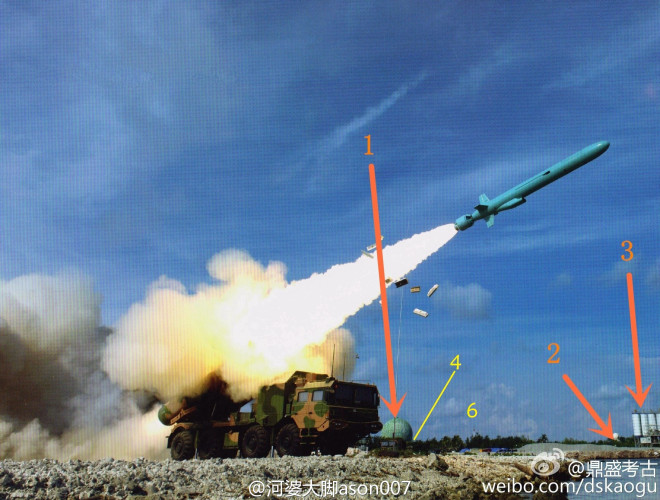
China’s defense industry has grown tremendously in the past decade, but most of its weapons are still mainly copies of famous Russian and Western weapons. The HQ-9 air defense system is one of them.
After economic stability, China began to reorganize its military in a strong modern direction, and began researching and developing weapons to catch up with the Soviet Union and the West. In addition to continuing to buy from the Soviet Union, they also began to develop high-tech weapon systems such as interceptor missiles. The HQ-9 long-range air defense missile complex began to be researched and manufactured in the 1980s under the leadership of the China Academy of Defense Technology. It was originally developed based on the US Patriot surface-to-air missile system.
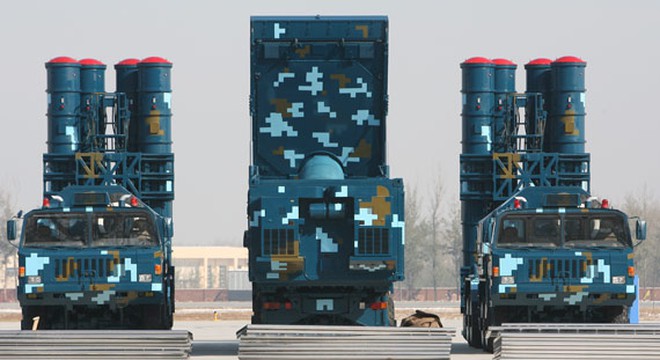
It was still a secret that how China at that time had access to the US Patriot, even though the two countries had warm relations at this time. The US has even sold S-70 helicopters to Beijing, but not with high-tech weapons, so it is possible that China had access to the Patriot through Israel, which had a rather close weapon technology relationship with Beijing at that time. Even the current famous Chinese J-10 is said to have acquired the design from the Israeli Lavi fighter, while the Lavi was developed from the US F-16.
After reaching the Patriot, the HQ-9 missile system was designed to launch in box-shaped container launchers like the US Paitriot. The missile uses a two-stage solid-fuel engine. However, the first variant of the HQ-9 was not really successful, each launcher could carry only 2 missiles, with poor maneuverability and very low reliability.
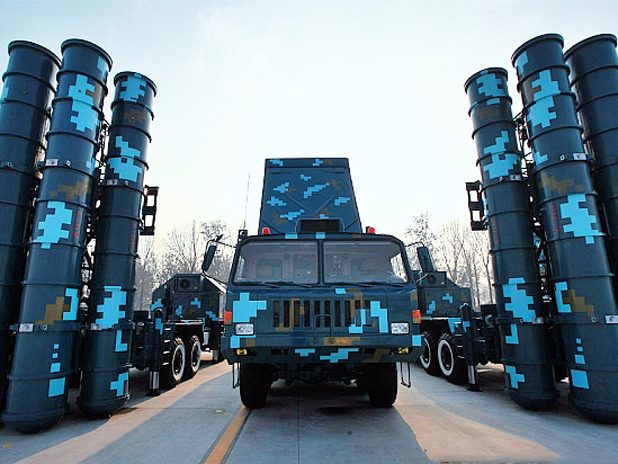
Fortune came to China in the mid-1990s, Russia agreed to export S-300PMU1 anti-aircraft missiles to China, because it was in dire need of money to revive its economy after the breakup of the Soviet Union. With the S-300PMU1 in hand, China has studied this system to perfect the HQ-9. China has copied almost all the technology of the S-300PMU1. The shape of the HQ-9 at this time was almost completely similar to the Russian air defense system.
The most basic formation of a HQ-9 batteries consisted of one Type 305B search radar, one tracking radar, one 200 kW Diesel generator truck, and eight transporter erector launchers (TELs) each with 4 missiles, totaling 32 rounds ready to fire. These equipments are usually mounted on Tai’an trucks. HQ-9 systems are highly mobile, various units have completed conducting long distance maneuver and drills, including units in southern China participate in live firing exercises in northwestern China.
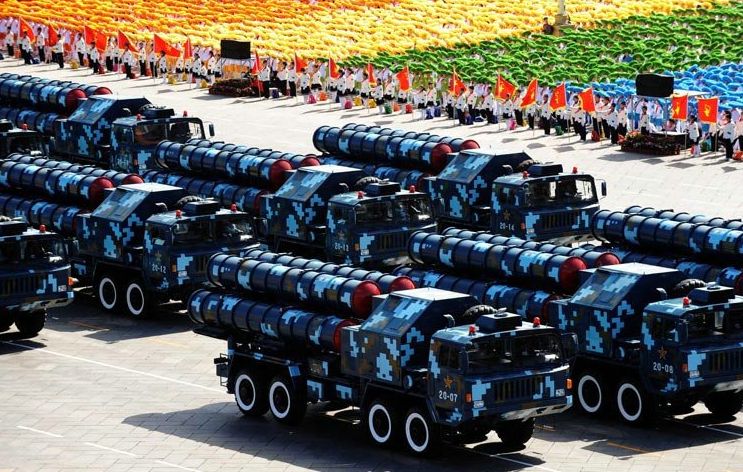
Similar to the Russian S-300V, the HQ-9 is a two-stage missile. The first stage has a diameter of 700 mm and the 2nd stage 560 mm, with a total mass of almost 2 tons and a length of 6.8m. The missile is armed with a 180 kg warhead, has a maximum speed of Mach 4.2. and has a maximum range of 200 km. The thrust vector control of HQ-9 is the most obvious visual identification that distinguish it from S300: The thrust vector control of HQ-9 is exposed and thus can be observed from the side, while of S300 is not exposed. Some operating mechanisms remain the same as the US Patriot: The HQ-9’s guidance system is composed of inertial guidance plus mid-course uplink and active radar terminal guidance systems.
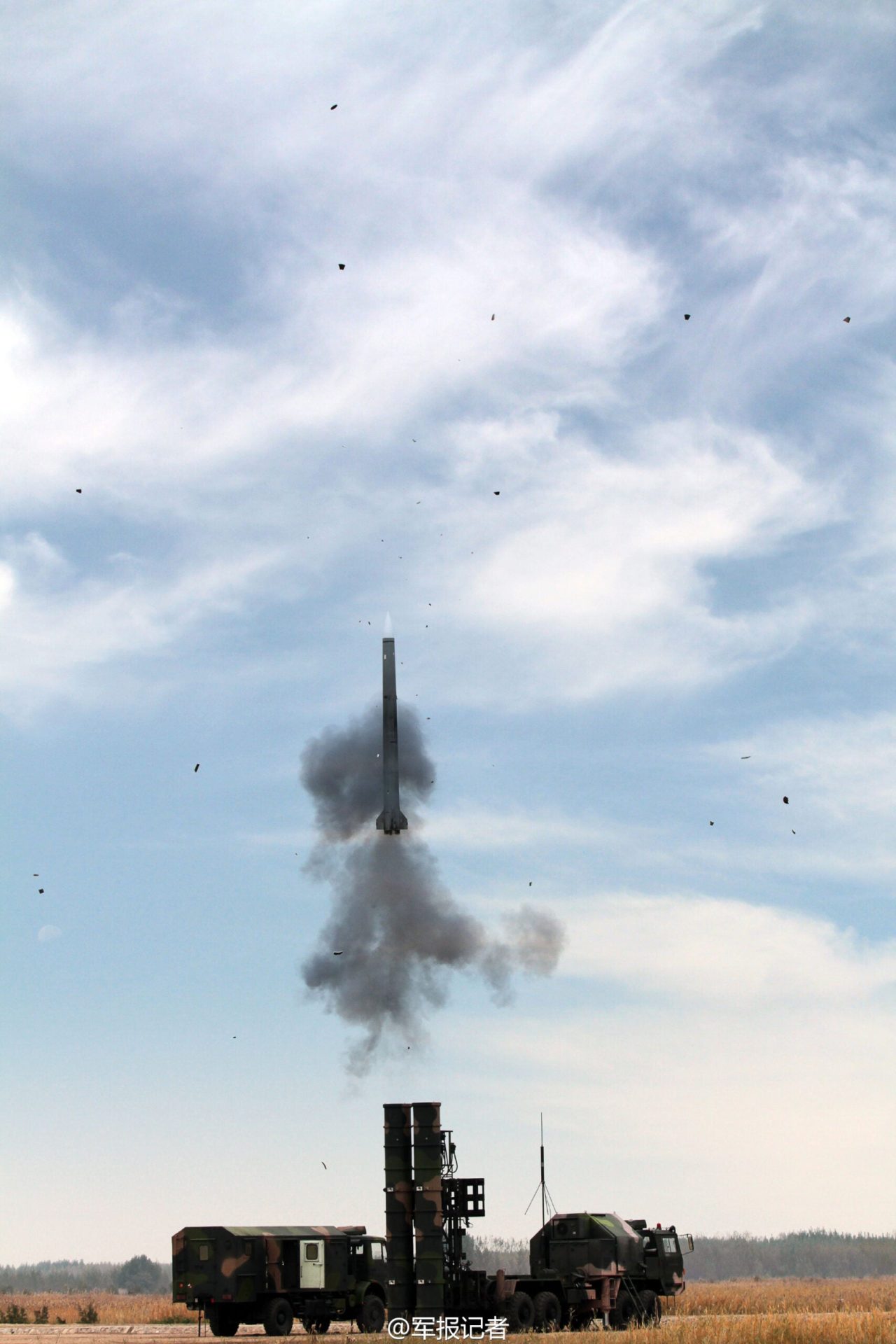
To maximize the combat effectiveness of HQ-9, a dedicated FCR for HQ-9 was developed, Designated as HT-233. This radar is the most advanced FCRs HQ-9 could employ, and it has greater similarities to the MIM-104 Patriot’s MPQ-53 than the S-300’s 30N6 series, working in the NATO G-band, also as a search and targeting radar. The radar can search a 120 degree arc in azimuth and 0–90 degrees in elevation out to 300 km, with a peak power output on 1MW. The radar is credited as being able to track 100 targets and guides up to 6 missiles to 6 targets, or alternatively, to 3 targets with a pair of missile for each target.
China is actively offering the export variant of the HQ-9 called FD-2000 to Turkey as well as many other Asian countries. However, so far no country has placed an order. Although the Chinese media praised the HQ-9, even saying that it superior to the US Patriot and the S-300, even on par with the Russian S-400, but in the end China still had to spend a huge money to buy S-400, which shows the fact that HQ-9 is not as perfect as previous advertisements, because if it was so good, Beijing would not to spend billions of dollars to buy S-400 from Russia.
Soucre: military-wiki.com





